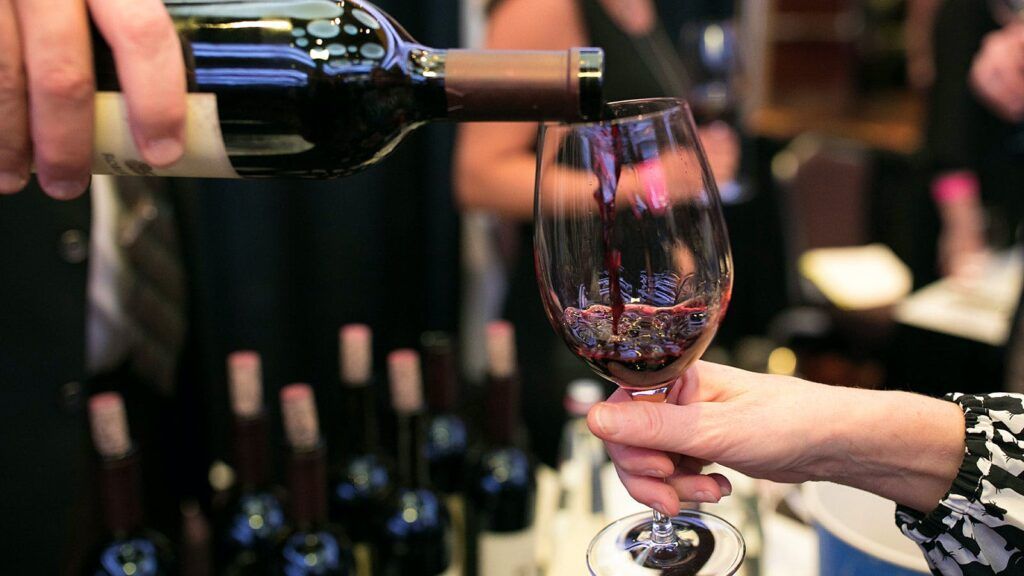Australians love their wines and take the art of wine pairing, i.e., combining wine and food flavours to create an exciting dining experience, very seriously. Now, you can always opt for the tried-and-true pairings like a riesling wine with a saucy noodle salad. But sometimes, it doesn’t hurt to try something unexpected.
How do you decide which wine to pair with fresh and intriguing food, or inversely?
This article simplifies the concept of wine matching. Learn what and how to pair your wines and some elegant tactics to take your culinary and wine experience to an ultimate level.
Nuanced Wine Pairing Techniques
Traditional wine and food pairings aren’t unpleasant, but they might be holding you back from trying some interesting combinations. When seeking the perfect wine match, keep in mind the following details:
-
Flavours and Tannins
Tannins provide the wine with body and mouthfeel. Medium-high tannin levels are common in red wines but not in white wines. The only exception is if the white wine was aged in oak barrels.
Tannins are responsible for how savoury, salty, and fatty flavours are influenced by one another. High-tannin wines lose their punch when paired with fatty or rich foods. However, when paired with salty meals, rough tannins stand out. Because of this, wine and salty dishes don’t go well together.
Red wines often include cherry, plum, and black currant characteristics, while white wines like riesling wine feature lighter fruit flavours like pear, apple, and citrus.
-
Aged Wine Pairings
Age and maturation tame the intensity of a young wine, smooth out its tannins, and impart a more refined quality. Complex secondary qualities may also develop, such as savoury and earthy overtones that replace the fruity freshness.
Food with robust flavours is not recommended when drinking an older wine. Reduce the intensity of heavy sauces to complement the wine’s complex flavours. A young Cabernet would go well with a grilled steak, but an older Cabernet would be fantastic with some roasted lamb.
-
Mouthfeel and Structure
It’s possible to throw off the harmony of a perfectly balanced bottle of wine by serving it with an unsuitable meal. The sweetness, tartness, or bitterness of your preferred wine may be amplified or muted by the presence of certain ingredients in the dish.
Due to the strong acidity of lemons and vinegar, a tart wine will help balance the flavour. Dry wines may be made to taste sour by eating something sweet.
-
Try New Flavors and Aromas
The joy of wine pairing comes from matching wines and foods based on their scents and characteristics.
Enjoying your wine with food that complements its scent and flavour is best. A pinch of sage, for example, might amplify the rich blackberry notes and herbal perfume of your go-to fruity, herby wine.
However, a “cancellation reaction” may occur when two tastes are quite similar. This happens when the wine’s alcohol or tannin concentration becomes more noticeable than its taste profile. Serve an earthy red wine with mushrooms, and the wine’s fruity elements will leap to the fore.
Wrapping Up
In general, you have the ability to construct wine and food pairings as simple or complex as you see fit. The sole principle is to have fun with whatever you’re doing and consume whatever strikes your fancy.
You may also like
-
Discover the Health Benefits of Organic Medjool Dates: Nature’s Sweet Superfruit
-
How to find the best wine cellar expert in Ottawa?
-
How Food Service Support Helps Restaurants Overcome Common Challenges in Operations Management?
-
Milk Adulteration: How To Detect And Prevent Contaminated Milk
-
Culinary Odyssey: Navigating the Exquisite Offerings of Restaurant Menus


